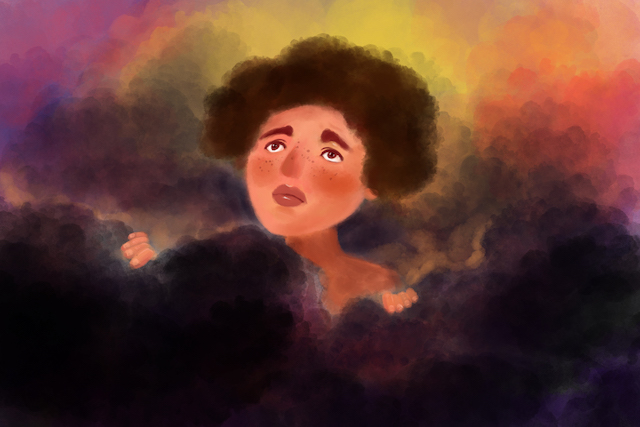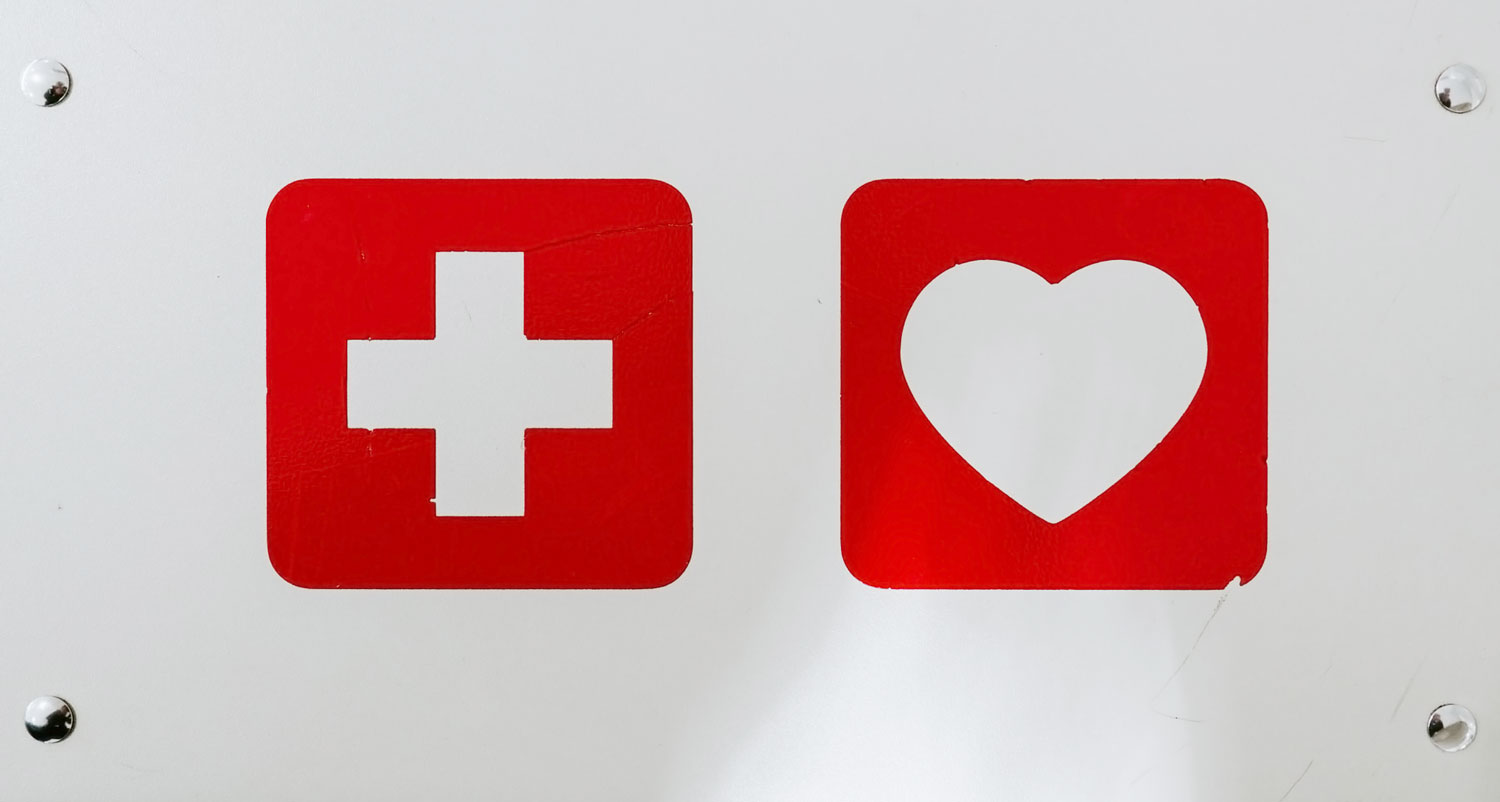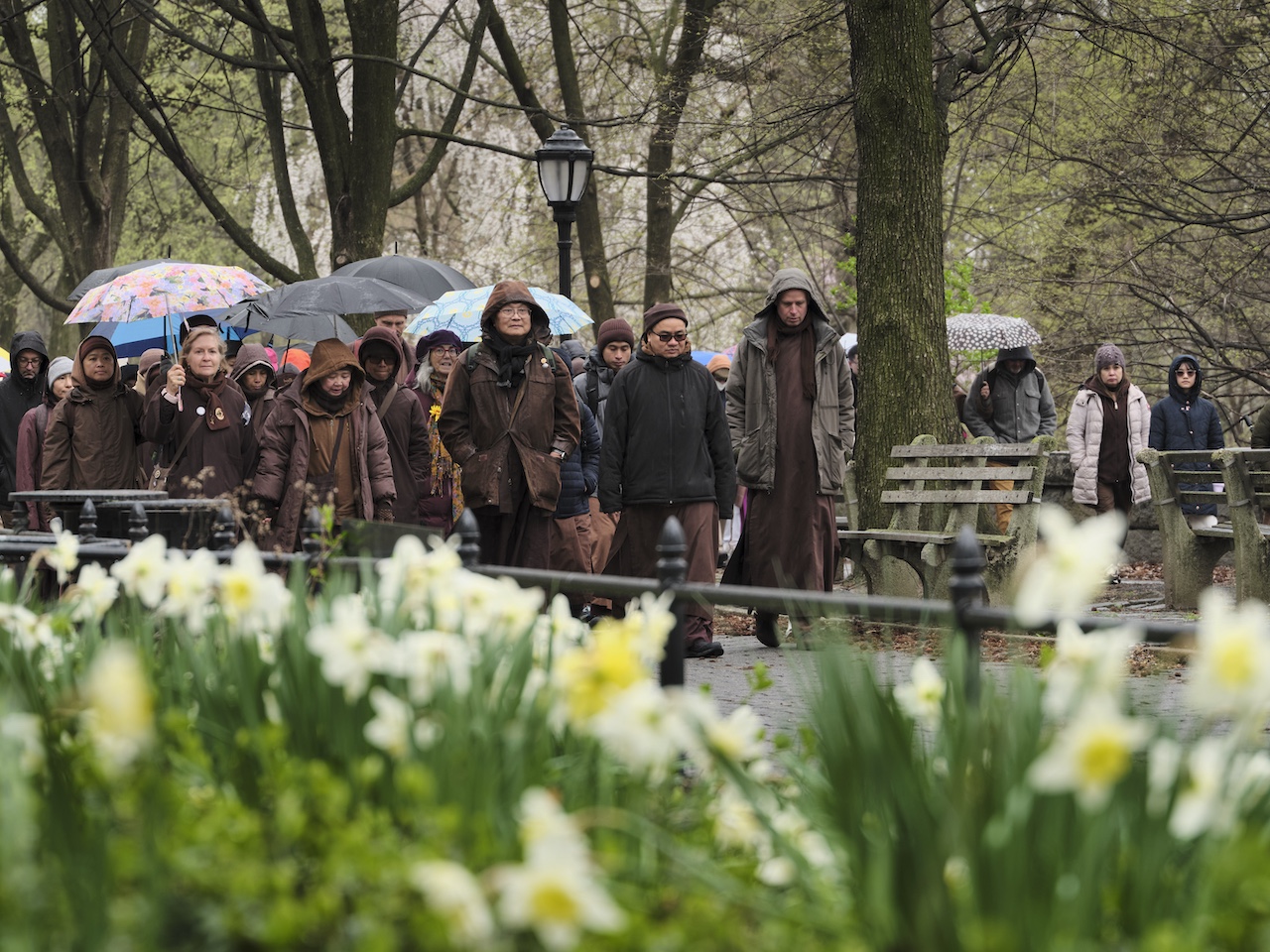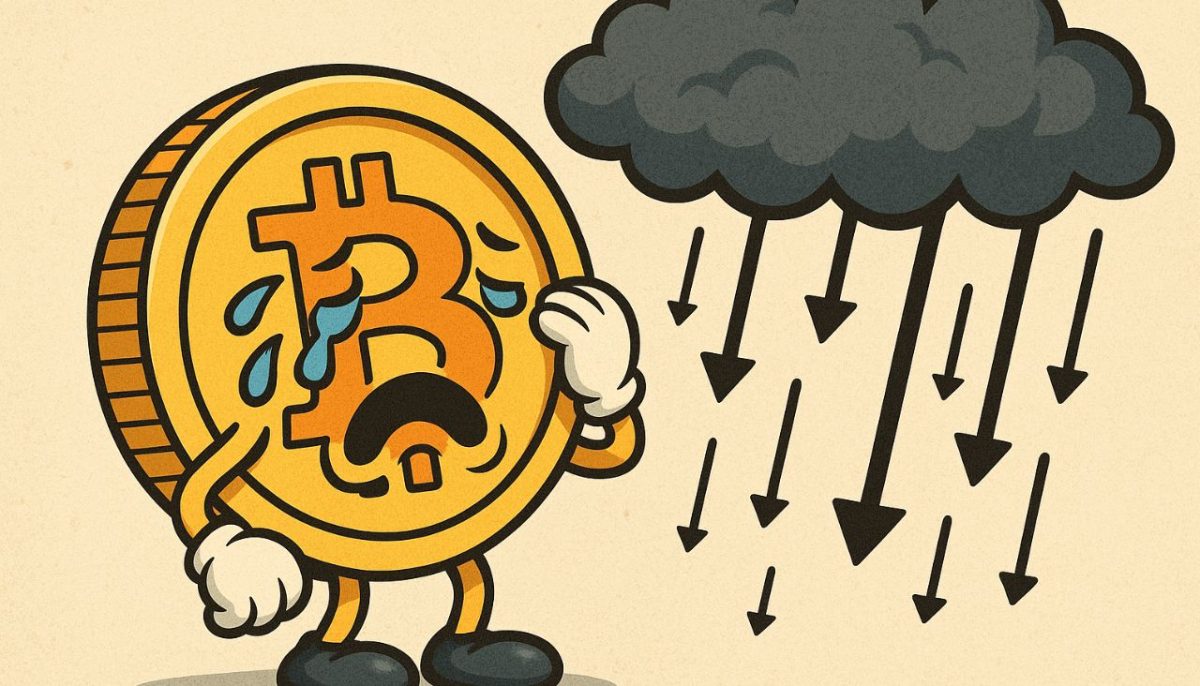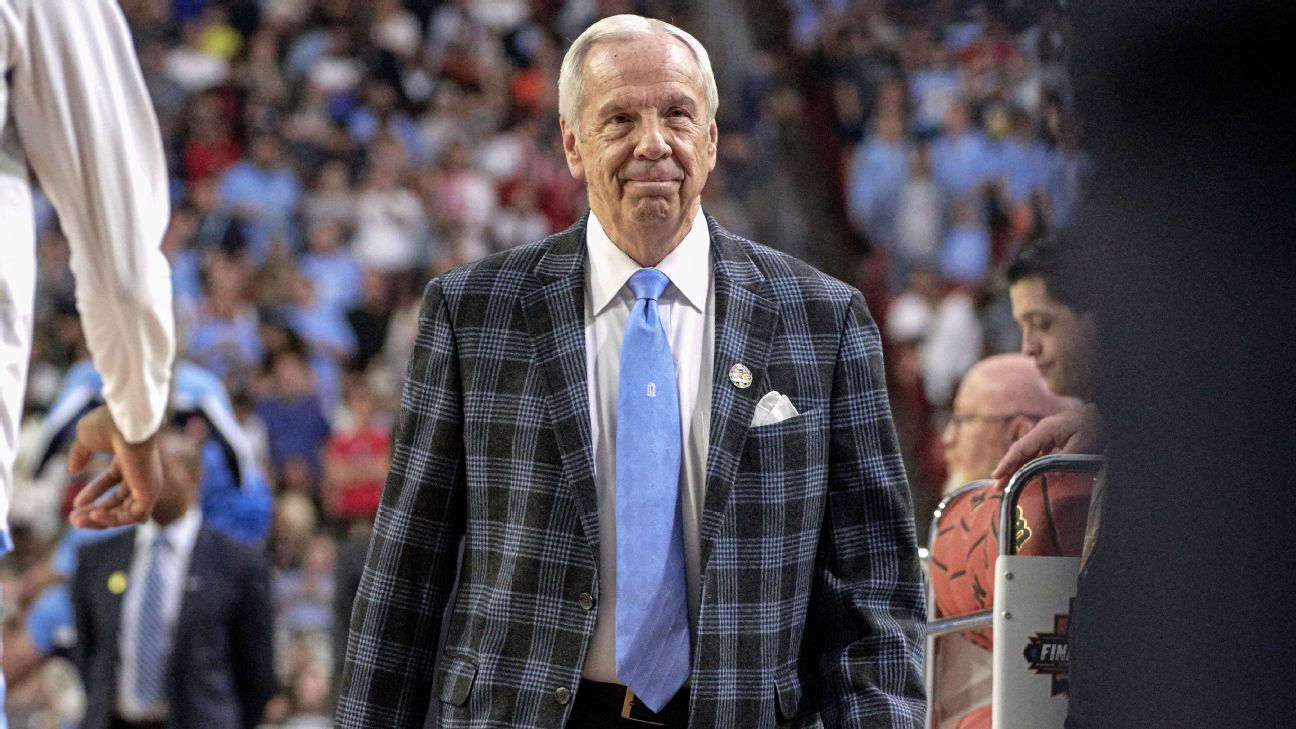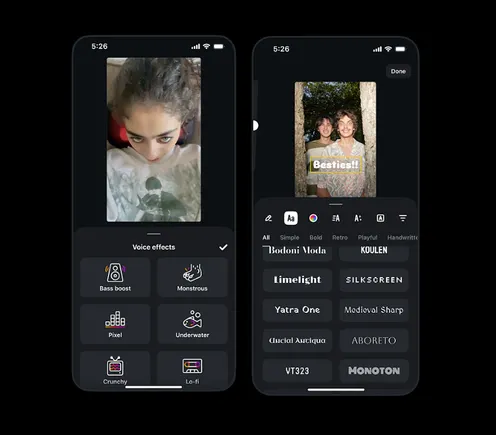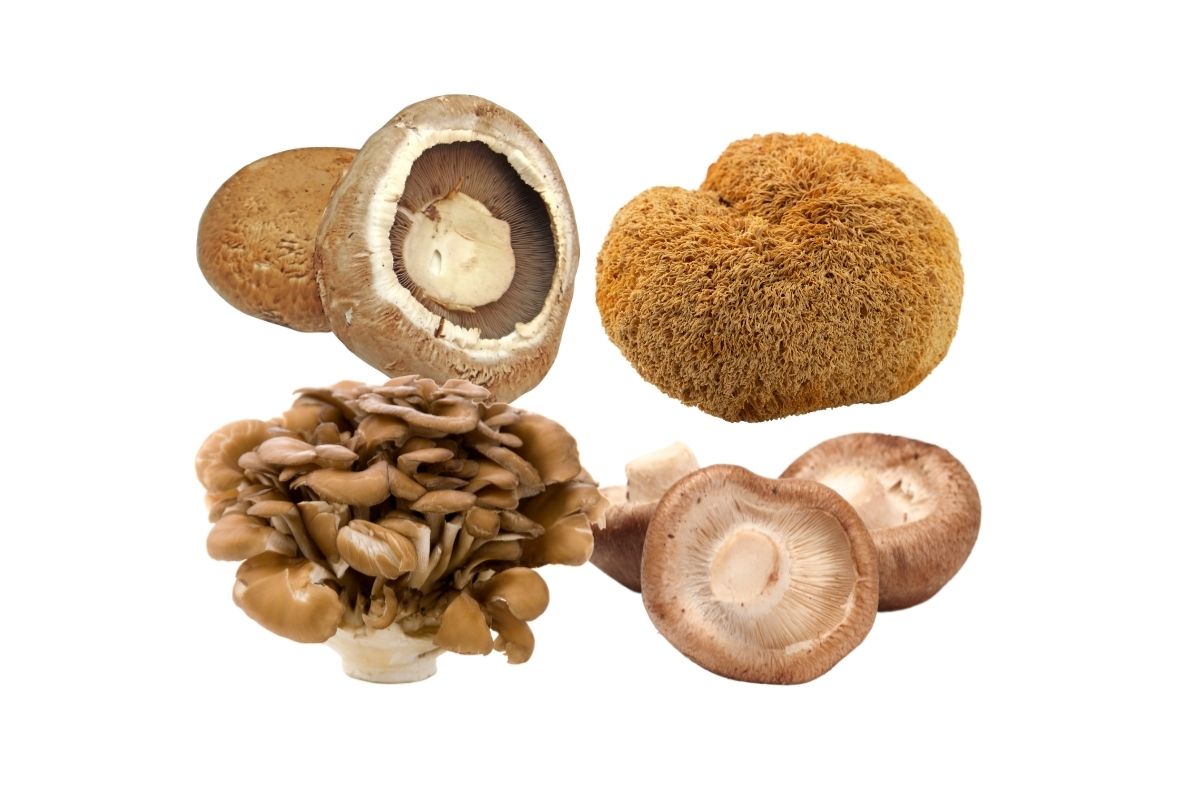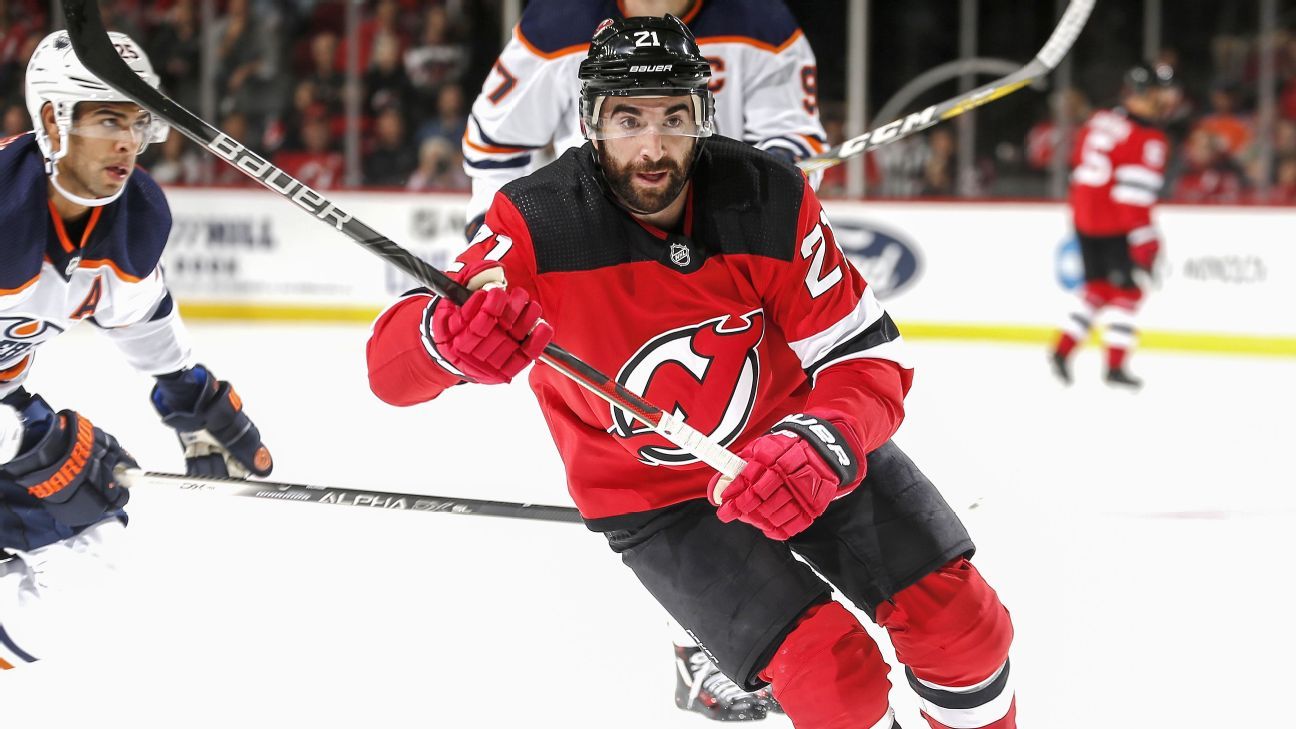Embodying the Equanimity and Fierce Compassion of Avalokiteshvara
Kaira Jewel Lingo reflects on the words of her teacher, the value of generating upeksa during times of great duress, and how to rethink peace as an active process. The post Embodying the Equanimity and Fierce Compassion of Avalokiteshvara...
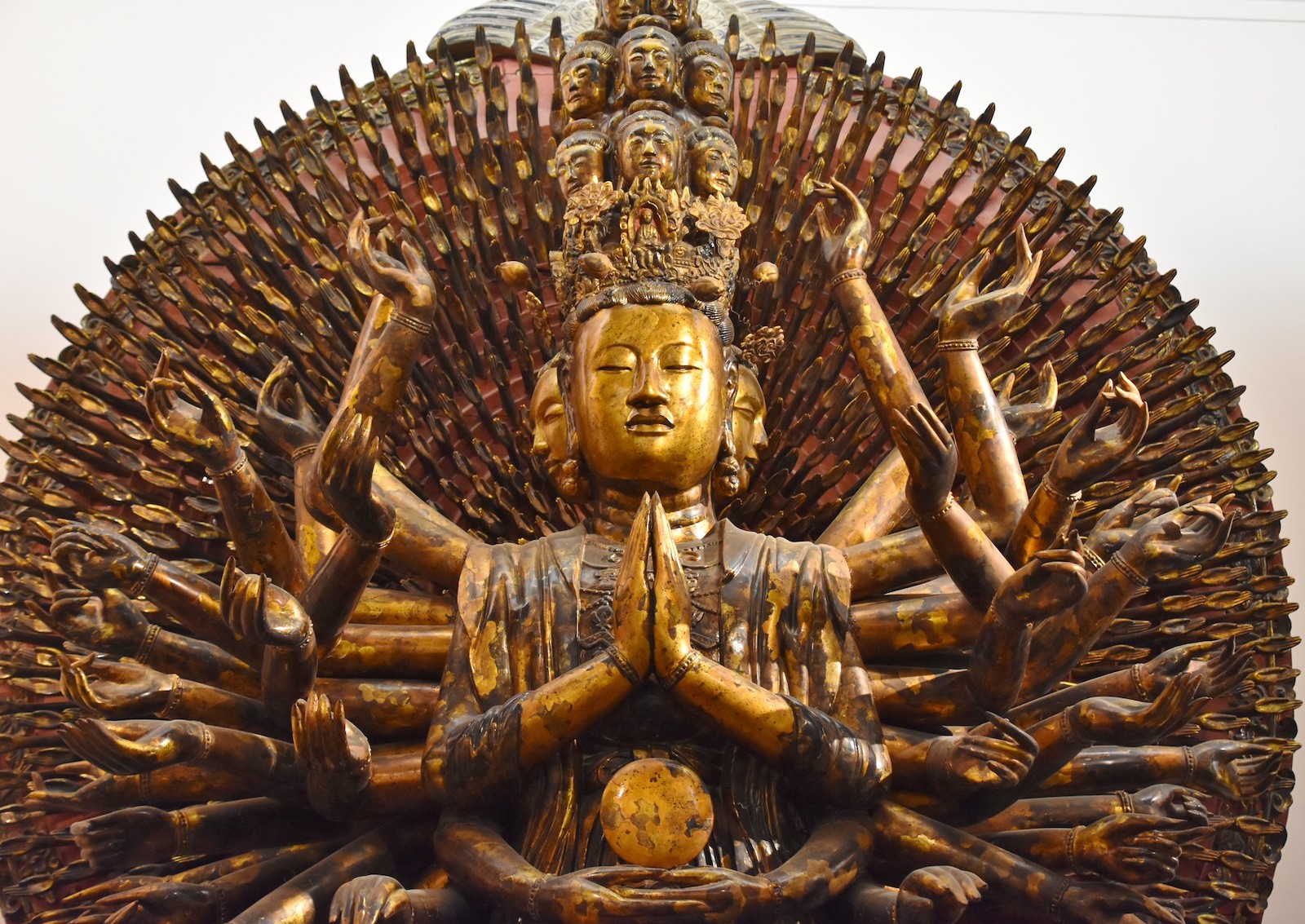
Kaira Jewel Lingo reflects on the words of her teacher, the value of generating upeksa during times of great duress, and how to rethink peace as an active process.
By Kaira Jewel Lingo Nov 16, 2023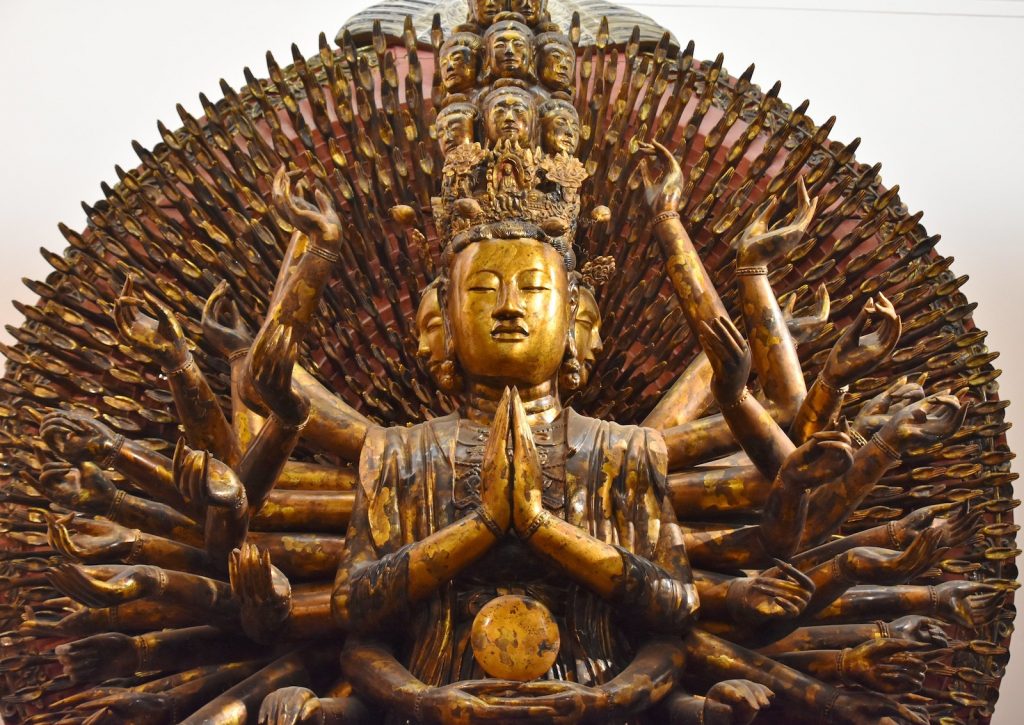 Photo by Richard Mortel | https://flic.kr/p/ZiQ7LX
Photo by Richard Mortel | https://flic.kr/p/ZiQ7LXTimes of great uncertainty and disruption call for an appropriate response. An Ecosattva is a being committed to protecting and serving all, including our precious Earth. We can all walk the path of the Ecosattva, responding to the cry of the earth with clarity and dedication to the interdependent well-being of ourselves, our communities, and all beings.
There are two things that any Ecosattva needs to cultivate to be able to meet the challenges of this moment: fierce compassion and equanimity. Fierce compassion means seeing the suffering of our times clearly, and being willing to take a stand, to act to relieve that suffering however we can. Equanimity is the spaciousness, the perspective to have our action come from a place of deep wisdom rather than reactivity.
Compassion and Appropriate Action
In many temples in Asia, you see statues of a great being, the bodhisattva of compassion, Avalokiteshvara Kuan Yin. A bodhisattva is an awakened being. In this particular statue, you’ll often see many arms and many hands. In each palm, there’s drawn an eye. Sometimes the bodhisattva is male, sometimes female, transgender; it is very gender fluid. This eye on the palm of each hand, is the eye of wisdom.
That if we look deeply into the situation, then our action will be appropriate action. But if we are caught up in our own story, and in our strong emotions, our anger, our reactivity, then we won’t be able to see the situation and its depth, and its complexity and its impermanence. Then our action may actually cause more harm than good because it doesn’t have this deep grounding in wisdom.
It’s challenging to see a situation clearly. The Buddha said that most of our perceptions are wrong. So we need to act, but we need to try to see clearly. For this we need the skill of equanimity, which is non reactivity. It’s seeing things from all sides.
The word in Sanskrit is upeksa. It means to be able to look and see from all around, like you’re standing on the top of a mountain. You’re not caught in any one side, in any perspective.
During the war between the US and Vietnam, there was the School of Youth for Social Service. Thousands of youth were going into the countryside to rebuild villages, schools, roads and improve the lives of people. This School of Youth for Social Service was set up by Thich Nhat Hanh.
This was important work. It was often the difference between life and death for people. Yet every week, these young social workers would take a day of mindfulness for themselves to refresh themselves, to come together and practice and to heal, to listen to each other, to share from their hearts.
They didn’t say the work of the war is too urgent, we have to work seven days a week. They understood that in order to sustain themselves, they had to take regular pauses to take good care of themselves.
The peace activist A.J. Muste has said, “There is no way to peace; peace is the way.” The young social workers in Vietnam were practicing peace, not working towards peace in a frenetic or frantic way. That’s not how we create peace. We need to manifest it in every step. Not running for something in the future, but being peace in this moment, because the future is made of this moment.
The young people in Vietnam would rebuild bombed villages. In one village in particular, they rebuilt it, and it was bombed again. They rebuilt it a second time and it was bombed again. They rebuilt it a third time. I believe it happened four times that they rebuilt that village and they didn’t say, “Hey, this isn’t worth it. Let’s just call it a day.”
They weren’t rebuilding the village because they wanted a particular outcome. Of course they would have preferred I’m sure that the village remained unharmed, but they weren’t dependent on that as their outcome. They rebuilt the village time and again because that’s what they needed to do, not because there was any guarantee that their action was going to work, and succeed in the end. That is a deep example of “There is no way to peace; peace is the way.”
We’re not doing something with the expectation of a particular outcome. If we do that, if we say, “I’ll only do this, if this happens,” we will burn out very soon. Because either we won’t do it at all, or we do it and if it doesn’t work, then we lose all of our energy, and we fall into despair. So it’s like the difference between conditional and unconditional love.
It’s hard to practice unconditional love, and it’s very hard to work for change without wanting things to go the way we expect. If we want to survive with our energy, and our hope, our love, our enthusiasm intact, we have to look with this eye in the palm of our hand, which sees that no action goes unrecorded in the larger scheme and the larger flow of life. That an action done out of pure intent to bring joy or relieve suffering is never lost, even if in the immediate outcome it’s not what we want, and maybe it’s even the opposite. That eye in the hand of our action is the eye that sees that all we can do is what we deeply feel and know needs to be done.
The only way we can be truly free and deeply powerful in that action is if we do it because we know it needs to be done. That is the power of equanimity, that we need to balance out the fierce compassion that drives us to action.
In The World We Have: A Buddhist Approach to Peace and Ecology, my teacher Thich Nhat Hanh tells the story of a senior nun from Vietnam, who came to visit Plum Village, his monastery in France. She had been diagnosed with terminal cancer and was given three or four months to live. She accepted this and decided to put all of her energy into practicing to be fully present in each moment for the [remaining] days she had left to live. She was aware of her breathing, of her steps. She was mindful of each of her bodily movements throughout the day. Before returning to Hanoi, where she expected to die, a sister persuaded her to go get a checkup in France. The doctors found that all of the metastasized cancer had receded to just one area. She lived for more than 14 years after she was told she had just three months.
He tells this story as a collective metaphor. We are facing a possible extinction as a species. If we can accept that things are going to change, maybe end, and we are on the brink of real collapse, we put our whole hearts knowing this is it. We live deeply, fully as a human species, with other species, and with the earth, understanding, “Okay, we’ve messed this up. Now we just have a little time. How can we live deeply with all beings on this planet?”
This is what the nun was doing when she was determined to practice. Because she said, “Well, my life is going to end in a few months. Let me give all of my attention to this step, this breath, this moment.” She wasn’t trying to live for 14 more years, that just happened. Her desire was simply to do what needed to be done, to practice with all of her energy for the few months that she was told she had left. So she was truly free. She wasn’t thinking, “I’ll do this so that I can get this in return.”
That is really working with the mystery, the unknown, and letting life just unfold, and hold us and teach us. So that is what this practice of the Ecosattva path is, to give our best wholeheartedly, not with any outcome that we are attached to. We never know what may come of that action.
♦
This article is adapted from a dharma talk given in November 2023 titled “Taking the Ecosattva Path: Equanimity and Fierce Compassion.”
![]()
Thank you for subscribing to Tricycle! As a nonprofit, we depend on readers like you to keep Buddhist teachings and practices widely available.
This article is only for Subscribers!
Subscribe now to read this article and get immediate access to everything else.
Already a subscriber? Log in.

 Aliver
Aliver 







